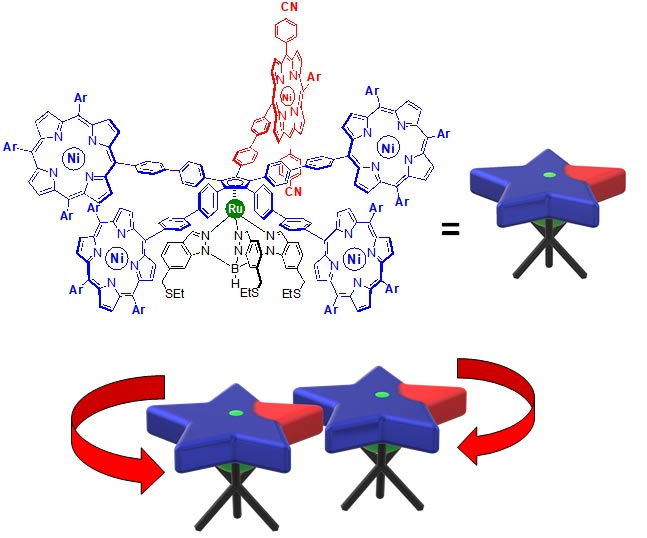Gearing Up Nanoscale Machines: Molecular-Scale Gear Trains for Transmitting Rotational Force
4 Years, 3 Weeks, 5 Days, 3 Hours, 43 Minutes ago

Researchers at Nara Institute of Science and Technology, Japan, in partnership with research teams at University Paul Sabatier, France, are advancing the science of molecular-scale gear trains for transmitting rotational force.
Gear trains have been used for centuries to translate changes in gear rotational speed into changes in rotational force. Cars, drills, and basically anything that has spinning parts use them. Molecular-scale gears are a much more recent invention that could use light or a chemical stimulus to initiate gear rotation. Researchers at Nara Institute of Science and Technology (NAIST), Japan, in partnership with research teams at University Paul Sabatier, France, report in a new study published in Chemical Science a means to visualize snapshots of an ultrasmall gear train — an interconnected chain of gears — at work.
NAIST project leader Professor Gwénaël Rapenne has devoted his career to fabricating molecular-scale mechanical devices, such as wheels and motors. Researchers recently designed a cogwheel for a molecular gear train but currently have no means to visualize the gears in action.
“The most straightforward way to monitor the motion of molecular gears is through static scanning tunneling microscopy images. For these purposes, one of the teeth of the cogwheels must be either sterically or electrochemically distinct from the other teeth,” explains Rapenne.